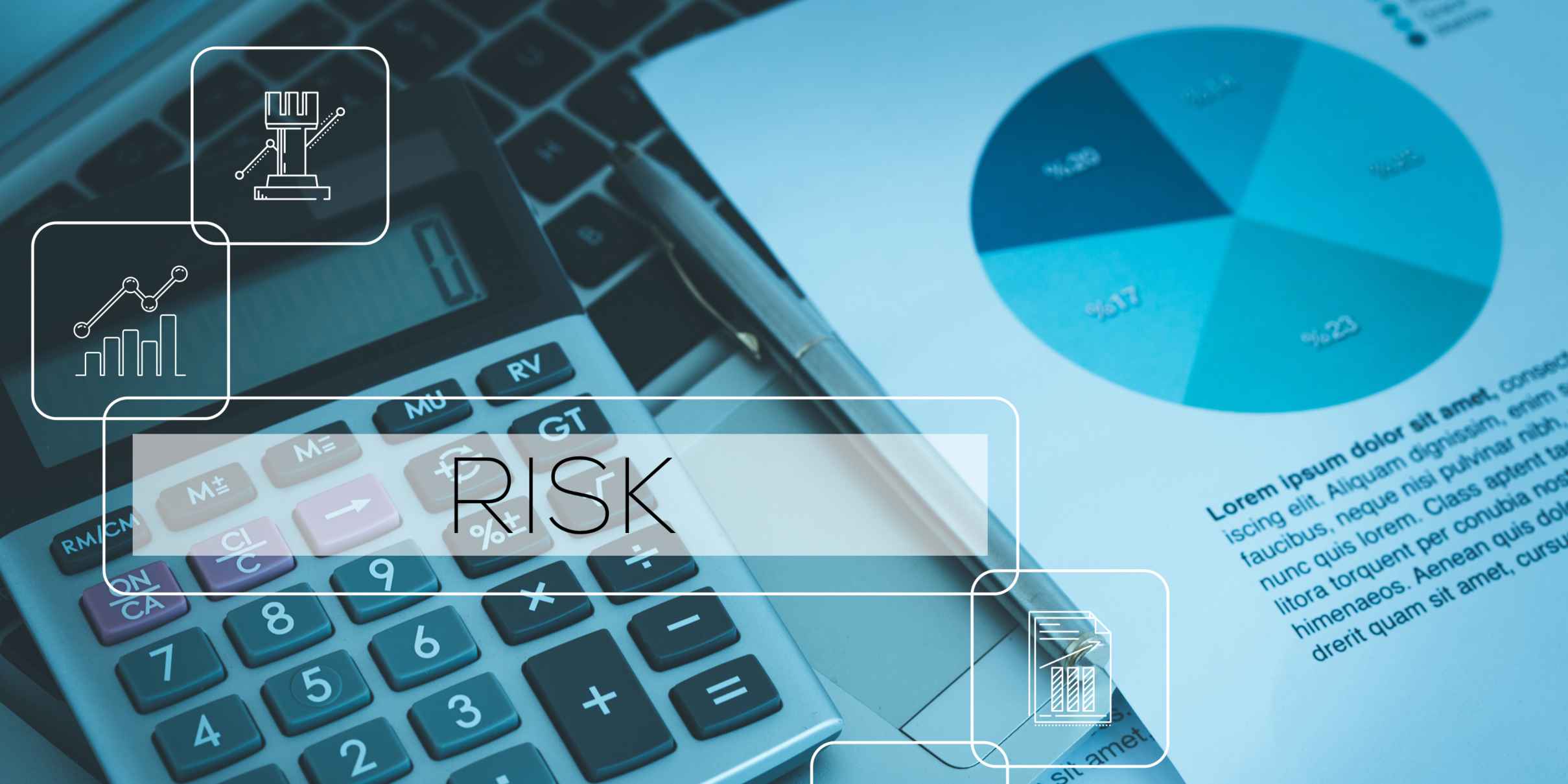Real-time analytics is revolutionizing Governance, Risk, and Compliance (GRC) by offering timely insights that traditional methods cannot match. This approach provides organizations with the ability to make informed decisions swiftly, ensuring robust risk management and compliance monitoring.
What is real-time analytics in GRC?
Real-time analytics in GRC refers to the continuous processing and analysis of data as it is collected, allowing for instant insights and decision-making. Unlike traditional analytics that rely on periodic data collection and batch processing, real-time analytics offers immediate feedback and a dynamic view of risk and compliance status.This approach leverages advanced data processing technologies and algorithms to analyze large volumes of data from diverse sources. By integrating real-time analytics into GRC processes, organizations can detect anomalies, assess risks, and ensure compliance faster than ever, significantly enhancing their ability to respond to regulatory demands.
How does real-time analytics enhance risk management?
Real-time analytics enhances risk management by providing organizations with up-to-the-minute data that allows them to identify potential risks as they emerge. This proactive approach means that businesses can anticipate issues before they escalate, implementing control measures swiftly to mitigate risks.By using platforms like CERRIX's Risk & Controls Management, companies gain access to real-time reporting tools that facilitate data-driven decision making. This capability is crucial for maintaining business resilience in the face of ever-changing threats, enabling organizations to safeguard their assets and maintain operational continuity.
What role does real-time analytics play in compliance monitoring?
In compliance monitoring, real-time analytics serves as a vital tool for ensuring continuous adherence to regulatory requirements. This approach allows organizations to monitor compliance metrics in real time, identifying potential breaches or deviations from set standards instantly.With real-time analytics, companies can automate compliance checks, reducing the reliance on manual processes and minimizing the risk of human error. This not only streamlines compliance operations but also ensures that any non-compliance issues are addressed promptly, maintaining the organization's integrity and reputation.
Why is data-driven decision making important in GRC?
Data-driven decision making is essential in GRC as it empowers organizations to base their governance strategies on factual, up-to-date information. By utilizing real-time data, businesses can make informed decisions that align with regulatory requirements and risk management objectives.Incorporating data-driven insights into decision-making processes enhances transparency and accountability, ensuring that governance policies are both effective and efficient. This approach supports organizations in achieving compliance and mitigating risks, ultimately fostering a culture of informed decision making and strategic foresight.
What are the challenges of implementing real-time analytics in GRC?
Despite its benefits, implementing real-time analytics in GRC presents several challenges. Technological hurdles, such as integrating real-time analytics tools with existing systems, can be significant, requiring substantial investment in infrastructure and software.Financial constraints may also pose a barrier, as the cost of developing and maintaining a real-time analytics framework can be substantial. Additionally, workforce-related challenges, such as the need for specialized skills and training, can impede the successful adoption of real-time analytics within an organization.
How can organizations overcome barriers to real-time analytics adoption in GRC?
To overcome these challenges, organizations should consider investing in scalable and flexible technology solutions, such as CERRIX's Risk & Controls Management platform, which offers real-time analytics capabilities and seamless system integration.Additionally, companies should focus on upskilling their workforce by providing training programs that enhance employees' data literacy and analytical skills. By fostering a data-driven culture and investing in the right technology and talent, organizations can successfully integrate real-time analytics into their GRC processes, achieving improved governance, risk management, and compliance outcomes.
Spreadsheets vs. GRC Tools: Elevating Risk & Compliance Management
Accessible popup
Welcome to Finsweet's accessible modal component for Webflow Libraries. This modal uses custom code to open and close. It is accessible through custom attributes and custom JavaScript added in the embed block of the component. If you're interested in how this is built, check out the Attributes documentation page for this modal component.


.jpg)
%20(1).jpg)
.jpg)
.jpg)
.jpg)
.jpg)
%20(1).jpg)
.jpg)
%20(1).jpg)
.jpg)
.jpg)

.jpg)
.jpg)





.jpg)

%20(2).jpg)
















%20(1)%20(2).jpg)





.jpg)

.png)
.jpg)





%20(1).avif)



